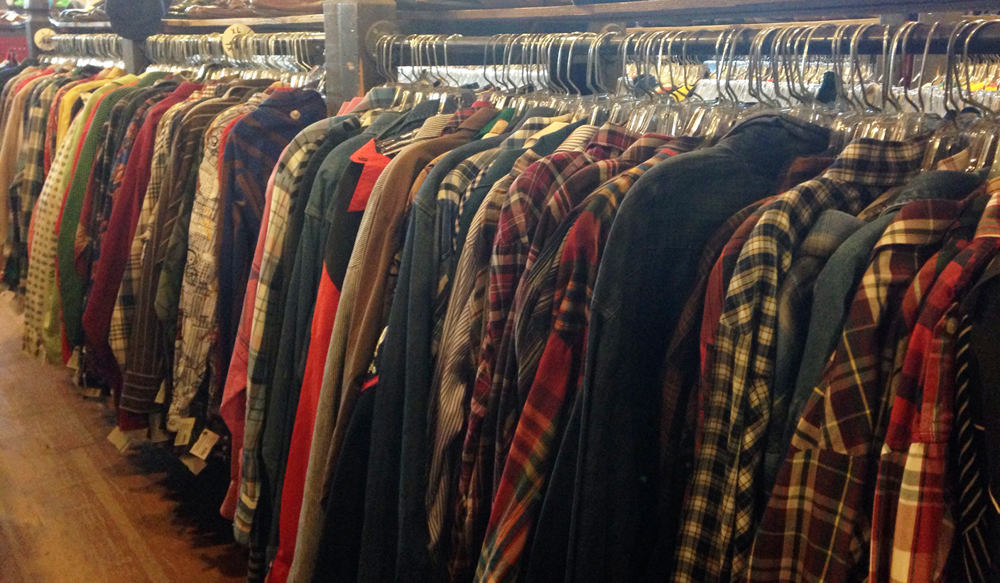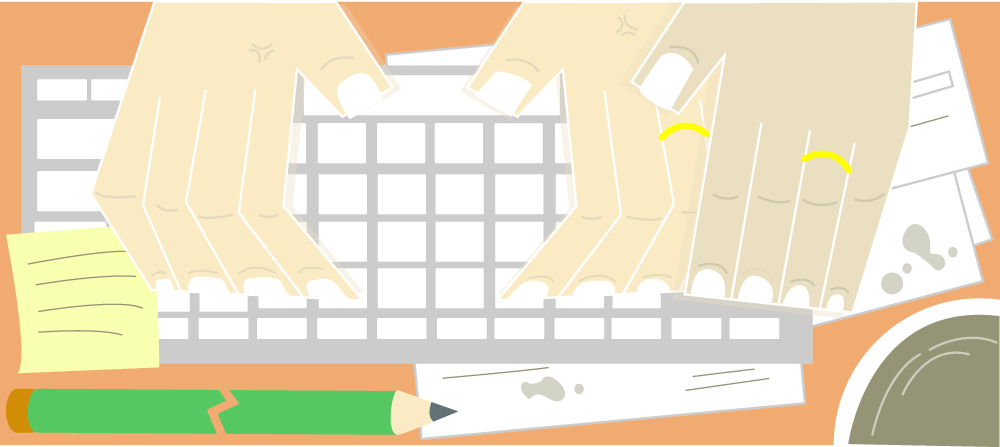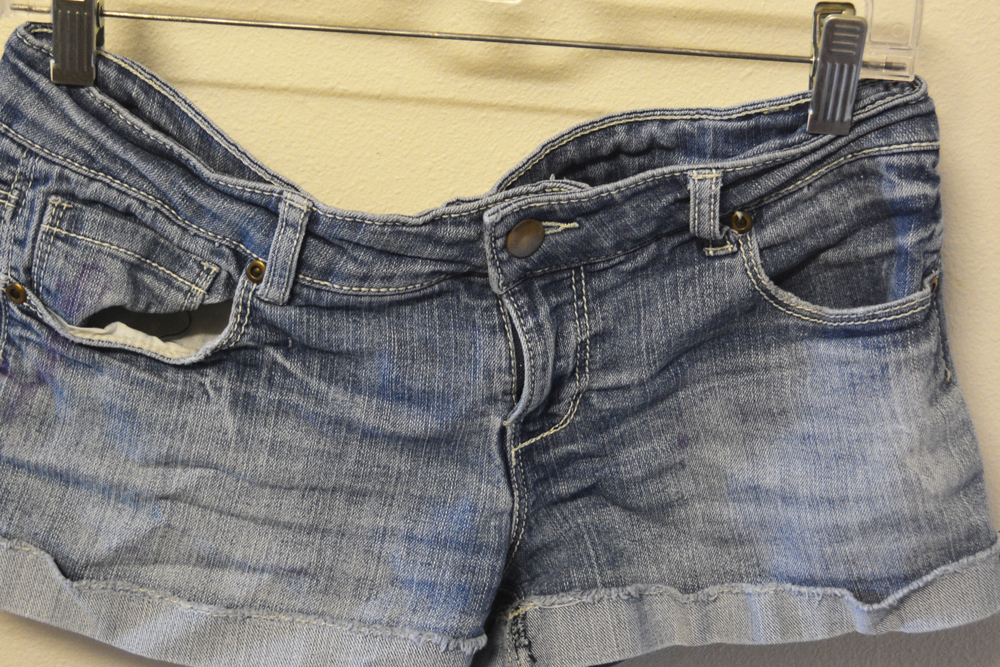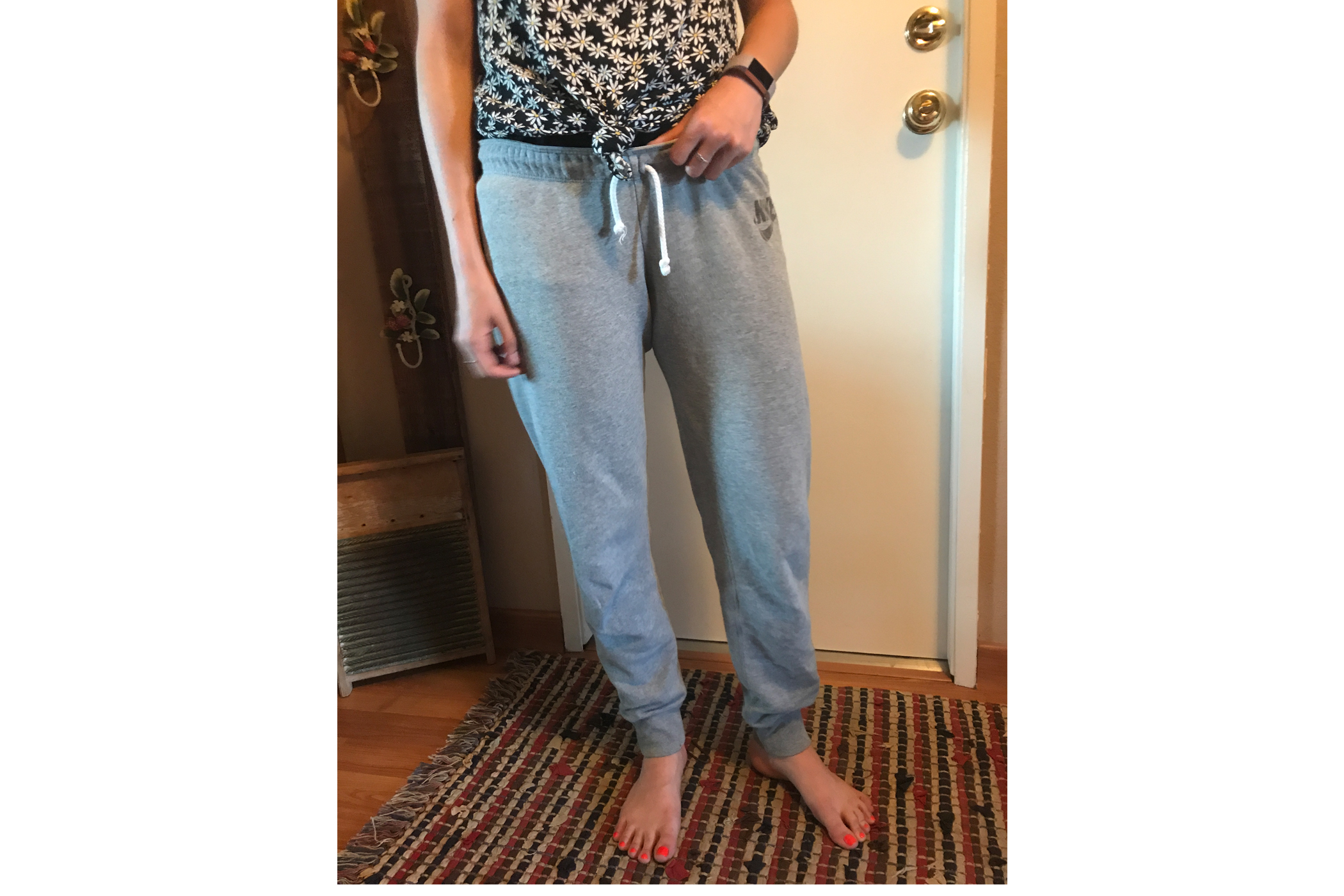Ahh, the new year! Plenty of ambition and not a penny to your name. A couple of new sweaters from grandma are nice, but not enough to give a wardrobe the spin it needs to stay lively through the doldrums of cold weather. With no groundhog yet to speak of, it means it is time for clothing to get creative. Fortunately, Portland is a great city for a student experimenting with fashion on a budget, so get ready to pop some tags Macklemore-style and give Portland’s local thrift stores a chance.
But where to start?
Anywhere! The most magnificent thing about thrift stores are that the treasures to be found are not hand-selected by the stores, so they never know what they are going to have in stock. Depending on how pinched for pennies you are, there are different degrees of secondhand shopping.
If you want to try your luck at designer threads, consignment stores like Seams to Fit (2264 N.W. Raleigh St.) have markdowns from exclusive luxury brand names. Stores like Red Light, Crossroads Trading Co. or Buffalo Exchange also have some gently used designer items, with more affordable options.
Stores like Seams to Fit and Buffalo Exchange offer money in exchange for gently used garments, making for a smart way of getting rid of some old clothes and finding new-to-you pieces.
For lowest prices when thrift shopping, the most wonderful treasures are for those who are willing to hunt for them. Red White & Blue Thrift Store, Salvation Army and Goodwill are just a few stores that stock their shelves by way of donated goods, designed to be a low-price option for people with limited income.
On a budget? Set a limit!
Giving yourself a maximum amount of money to spend can turn a $20 bill into a fun challenge. You’ll be surprised how far you can make your money go. A shirt that may have cost $60 at retail price may cost you $6 on a flimsy hanger in a secluded portion of Goodwill. If you can only find change in the couch, consider heading to the Goodwill Outlet in Southeast, where you sift through bins and pay for quantity in weight, not items.
Know how to look for quality
A shirt may look good for less than $10, but price tags at thrift stores still add up. A silk blouse that is worth $100 at Nordstrom and a Wal-Mart special that is worth $12 could both be priced at $9.99. Familiarize yourself with quality fabrics and keep your eyes peeled for garments built to last. Winter coats cost hundreds of dollars at retail price and often don’t get worn much relative to other donated goods. A sturdy, name-brand pea coat might get marked as $40, but compared to the original $200 it can be a total steal. Skins, leathers and furs are materials that are good enough to be the ancient artifacts of the future and are highly valuable finds.
What to avoid
Be wary when it comes to things that have high risk of unwanted germs. Pungent shoes are a no-go, and shoppers should be aware of risks with head lice when it comes to shopping for hats. If you are on a budget, remember to make sure not to wind up with “dry clean only” garments, because you may have to continue to pay for the upkeep of your find. Secondhand stores where the store purchases the clothing will usually do a good job of screening what makes it to shelves. This means there will be no pit stains, holes or patch-up jobs. For thrift stores where people donate their goods, a shopper should look critically at the garments in question. Snags, rips, splotches and pilling are signs that a garment is on its way out.
Complete a look
Clothing doesn’t need to be the sole mission. Jewelry is insanely cheap and oftentimes outdated, making for a gold mine of vintage and quirky pieces. If you are not a fan of wearing a stranger’s leftover duds or are out of hangers in your closet, consider going for a spin of your local thrift store and checking out what their jewelry counter has to offer. You may need to ask for assistance from the employees, but don’t be shy; oftentimes people don’t know just how valuable the pieces they are throwing out can be.
Get creative!
Let your imagination run wild while thrifting, and you may just find magic. The stakes aren’t high when a fashion experiment costs $5 compared to a $500 for a new retail priced outfit. Plus, you’ll never know what you are capable of pulling off unless you try!






